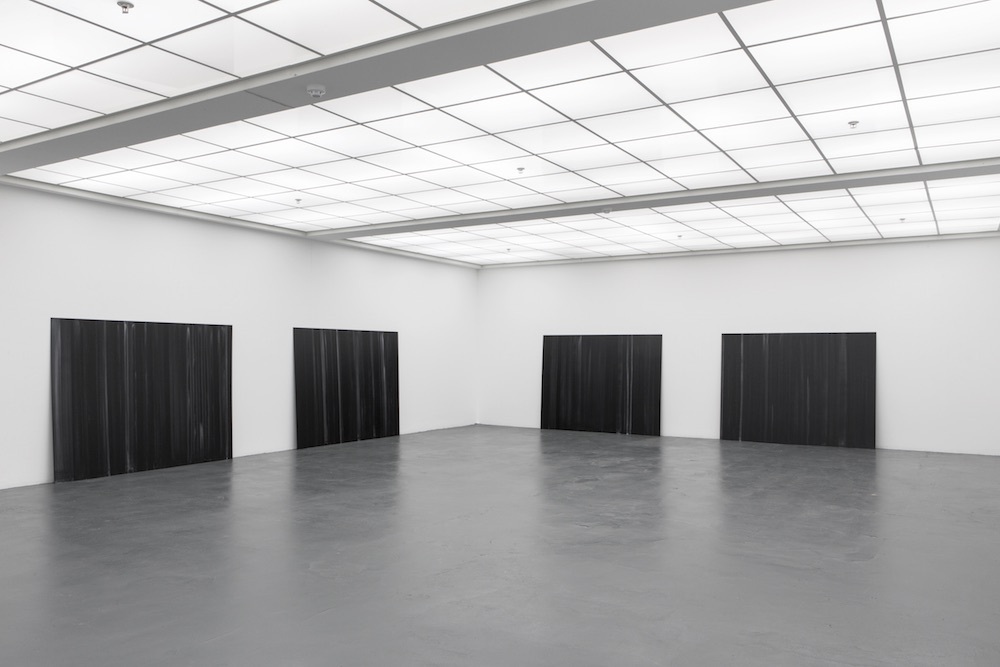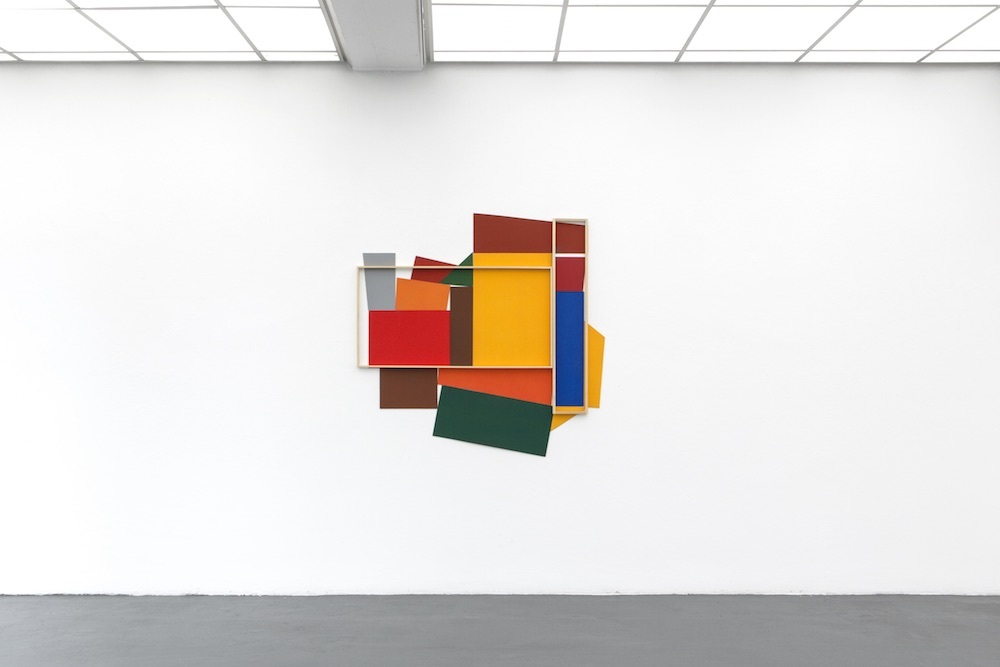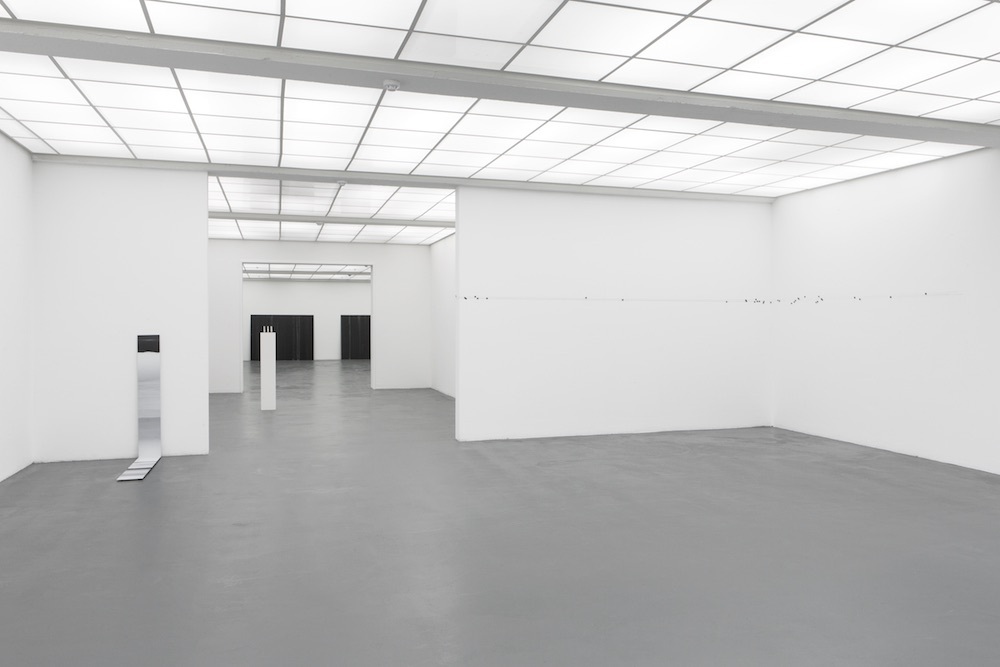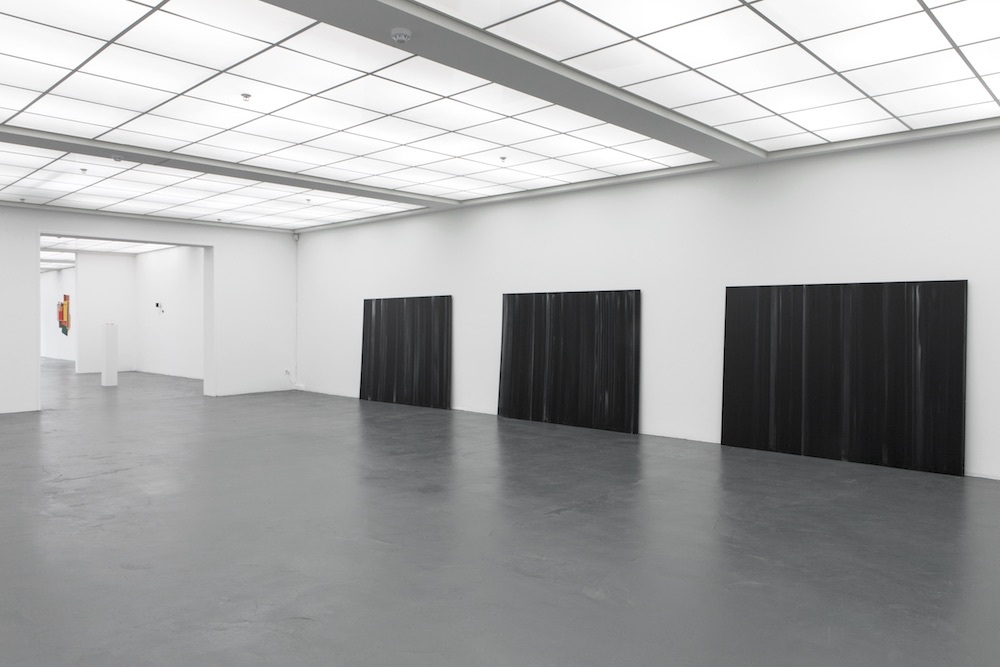Nicole A. Wietlisbach
Solo Position.A kulturelles.bl initiative
25.1. —
4.3.2018




The ‘Solo Position’ competition format is aimed at artists from the region, enabling them a first major solo exhibition at the Kunsthaus Baselland. There was an open call for the competition in early 2017 for the fifth time, on the initiative of kulturelles.bl. The winner 2017 was Nicole A. Wietlisbach. The jury was made up of the expert commission of the Canton Basel-Landschaft and the director of the Kunsthaus Baselland. Previous winners: Schirin Kretschmann (2011), Vincent Kriste (2012), Martin Chramosta (2014), and Esther Ernst (2016).
Three spaces and one idea that interlinks the works: linear structures that we know from nature, but which can equally be read as abstractions which create opportunities for drawing and painting. The alienation of familiar, everyday images from nature that speak to our (viewing) habits. A notation which can become drawing, line and landscape. The three spaces themselves function like a composition that can be read and experienced in a linear and synchronous fashion – without a clear indication of a direction of travel, a beginning and end, or a first or last space. Five blackboards that were once inscribed with melodic themes give the room a second skin — one which is dark, graphic, vibrating and melodious all at the same time. Notations and drawings, lines of dots which physically travel through the space that could describe a landscape’s silhouette pull us — like a pivot — into subsequent spaces. Vertical and horizontal linear structures, taken from nature or relating to nature, and chalk dust collected in test tubes are all, on the one hand, what they are and, on the other, describe yet again fictional and possible landscape spaces.
Text by Nicole A. Wietlisbach